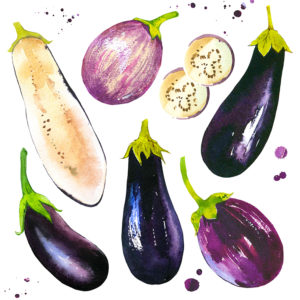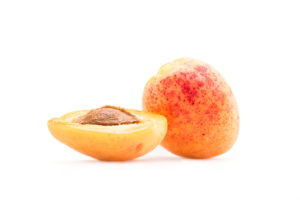Fire. It’s been in the headlines far too often in the past few years. The world is hot, dry, and vulnerable. We’ve seen fires both on the earth and in the earth. Everything is in a constant state of change. Fire is terrifying and fascinating, brutal and beautiful. Fire takes away and fire gives back. From the lava of a volcano springs new land, from the char of a forest fire springs new life. It’s the circle of life, colored in dramatic, smoky hues and watered with abundant tears.
But where is the intersection between fire and wine? What is a “volcanic wine”?
In short, a volcanic wine is a wine produced from grapes grown in volcanic soil or “andisol.” Andisol is very fertile, highly acidic, and full of ash. Volcanic soil can be thousands of years old or just a few years, depending on the location.
Grapevines thrive on this scorched earth and some of the world’s most interesting wines are harvested in black, volcanic soil. Famous winegrowing terrains with volcanic soil include our own Mount Konocti in California, the Greek island of Santorini, Italy’s famous Mount Vesuvius, Spain’s Canary Islands, Portugal’s Azores, and Hungary’s Somlo Hill.
One noteworthy region is Sicily’s Mount Etna, where grapevines grow on the slopes of a very active volcano. Mount Etna is an imposing mountain and the highest peak in Italy, south of the Italian Alps. The high altitude of the upper slopes allow for extreme sunlight for ripening as well as chilly temperatures to preserve the precious acidity of the grapes. Some of the vines on Etna are more than 100 years old. Growers believe the organic minerality of the lava-based soil enhances the flavor and ultimate quality of their grapes.
Wine producers of Mount Etna have a tremendous respect for the earth, similar to the reverence expressed by Hawaiians for “Pele,” the Hawaiian volcano goddess. Etna producers wax existential about growing grapes on a live volcano. Their love for the land far outweighs their fear of the volcano. They’ve experienced vineyards swept away by rogue flows of lava. They are used to frequent tremors beneath their feet. They are not frightened off the mountain by sudden jets of hot steam bursting from the ground. The magic of the volcano seeps into their souls.
With every love comes a certain degree of blind acceptance. The wine producers of Etna are willing to take the risk to reap the reward, understanding that they can’t change something over which they have no control. The producers accept the volcano, and for now, the volcano accepts the winemakers.
Most volcanic wines are made from indigenous grape varieties. Mount Etna is celebrated for its powerful red wines made from Nerello Mascalese grapes. You won’t find any chardonnay or cabernet sauvignon here. Volcanic wines offer deliciously different flavors that bring a whole new dimension to wine enjoyment.
Volcanic wines are intense. They tend to have deep, earthy flavors and a certain briny quality. They are known for their mouthwateringly high acid, which makes the wines eminently refreshing and perfect to enjoy on a warm afternoon. Although each volcanic wine is deliciously different, depending on the origin and grape, volcanic wines are on the whole more savory than sweet, more powerful than pretty.
Volcanic wines are capturing the world’s attention. 2018 marks the first year of The International Volcanic Wine Conference in New York City. Other events for volcanic wine have been celebrated in France and Germany. The excitement is contagious which means more of these fabulous wines will be imported to the USA.
Seek out a volcanic wine today. Be prepared for an explosive new flavor in your glass.
Cheers!








